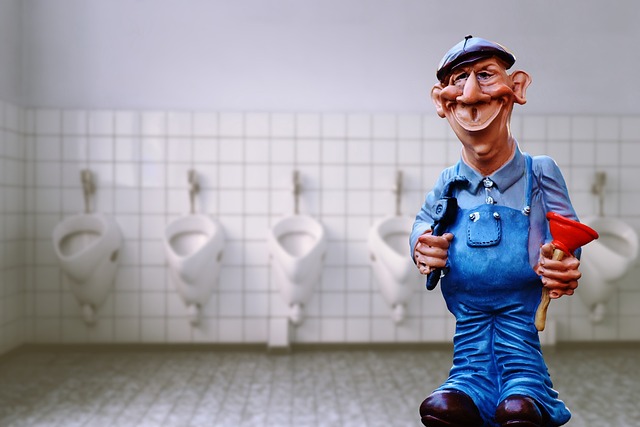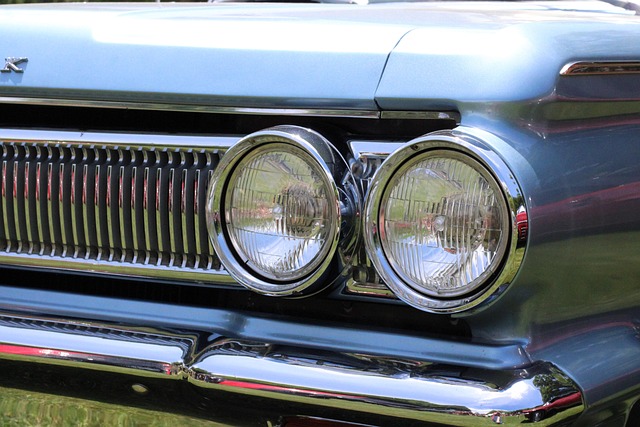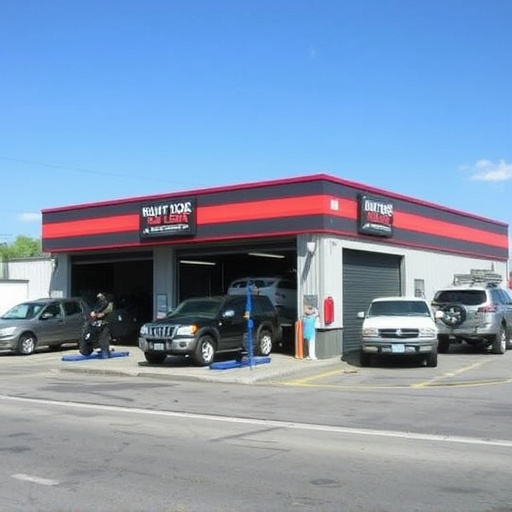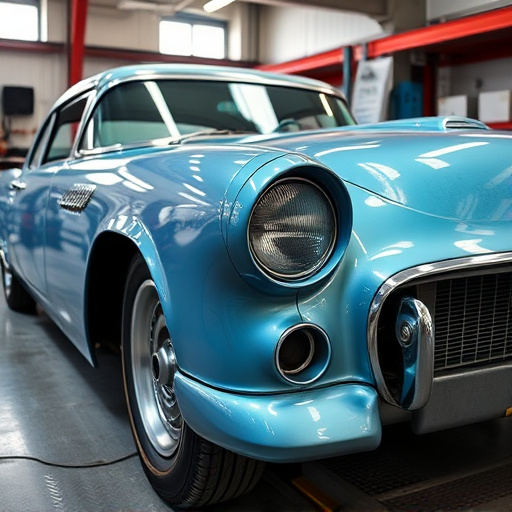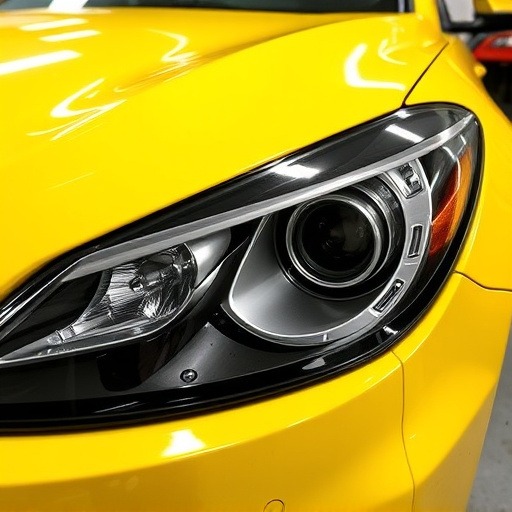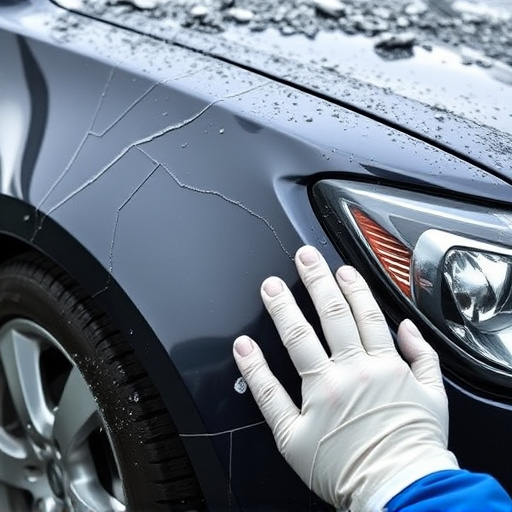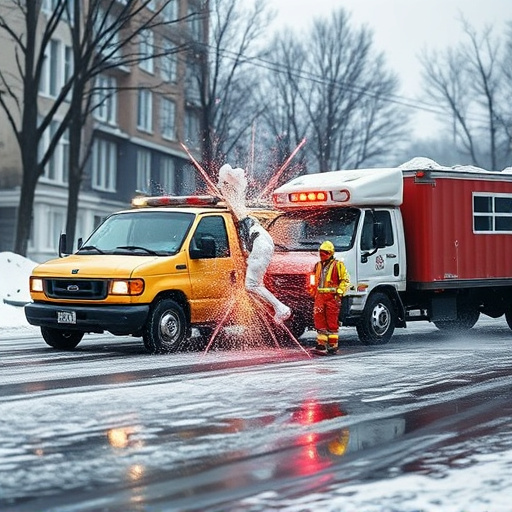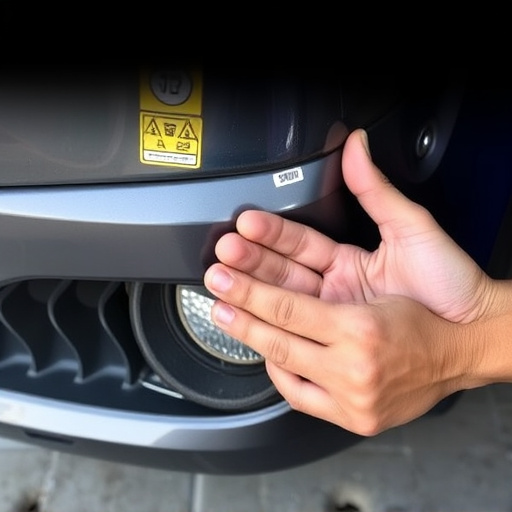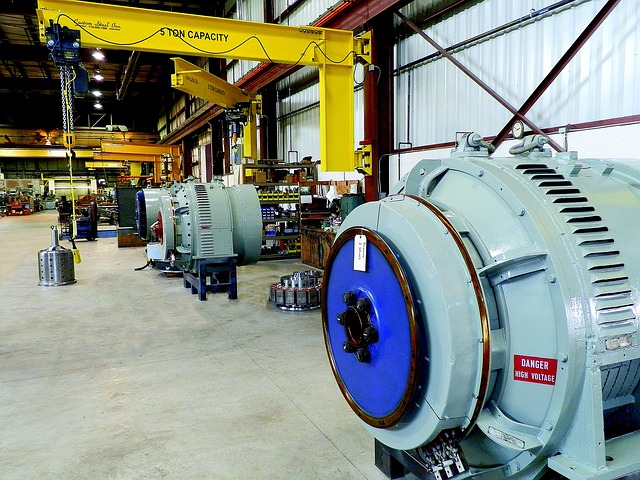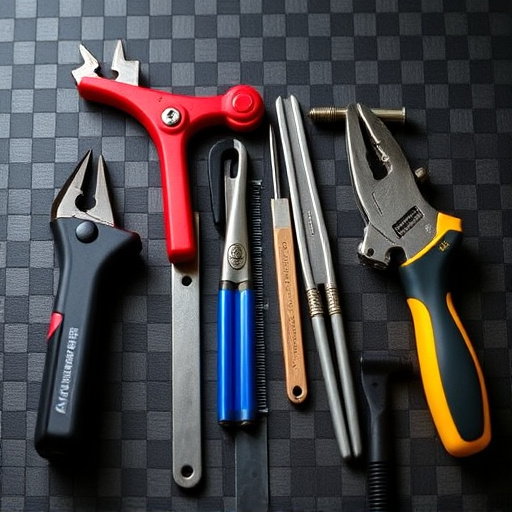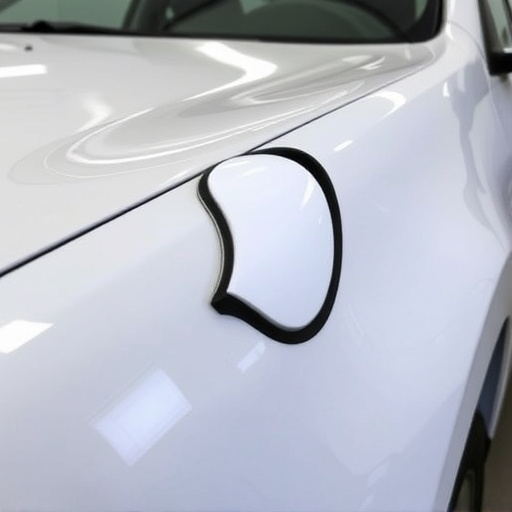Tesla air suspension repair requires professional services to address sensor malfunctions affecting ride quality. Sensors are diagnosed through visual inspections and advanced tools for accurate identification of issues. Repair involves locating, testing, replacing, and reconnecting sensors with proper wiring configurations while adhering to safety precautions outlined in the vehicle manual. Regular bodywork services prevent future Tesla air suspension problems, ensuring optimal performance and safety.
Struggling with a bumpy ride in your Tesla? Faulty ride height sensors could be the culprit. Our guide dives into the complex world of Tesla’s air suspension system and its critical sensors, helping you understand the issue. We’ll walk you through diagnosing problems and offer a step-by-step repair guide for DIY enthusiasts or those seeking professional help. Learn how to address this common Tesla air suspension repair, ensuring a smooth journey ahead.
- Understanding Tesla Air Suspension System and Sensors
- Diagnosing Faulty Ride Height Sensors
- Step-by-Step Guide to Tesla Air Suspension Repair
Understanding Tesla Air Suspension System and Sensors
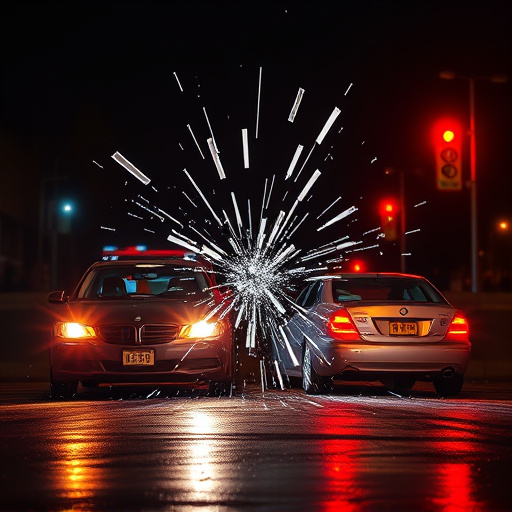
The Tesla Air Suspension System is a sophisticated, electronic-controlled system that adjusts the vehicle’s ride height in real time. It utilizes a network of sensors to monitor various driving conditions and adjust the suspension accordingly, offering both comfort and dynamic handling. At the core of this system are ride height sensors, strategically placed to provide precise data on wheel position and suspension extension. These sensors play a pivotal role in maintaining optimal ride height, ensuring a smooth and level drive.
When it comes to Tesla air suspension repair, addressing faulty ride height sensors is crucial. These sensors can degrade over time due to environmental factors or mechanical stress, leading to inaccurate readings and irregular ride heights. If you suspect an issue with your Tesla’s air suspension system, seeking professional auto body repair services is essential. Skilled technicians can diagnose the problem, whether it’s a malfunctioning sensor, a pressure leak, or a need for vehicle paint repair due to damage during the diagnostic process. Reputable auto body repair shops offer specialized Tesla repair services, ensuring your vehicle returns to its ideal ride quality.
Diagnosing Faulty Ride Height Sensors

Diagnosing faulty ride height sensors is a crucial step in performing a Tesla air suspension repair. These sensors play a vital role in maintaining optimal vehicle height and ensuring a smooth ride. When issues arise, it can lead to unpredictable handling and an uncomfortable driving experience. To identify the problem, technicians often start by checking for any visible damage or loose connections. Given that these sensors are sensitive components, even minor debris or corrosion can disrupt their performance. A thorough inspection involves examining the sensor’s location, looking for signs of wear or misalignment, and verifying its proper mounting.
Advanced diagnostic tools can also be employed to test the functionality of the ride height sensors. These tools allow mechanics to simulate various driving conditions and monitor the sensor’s response, enabling them to pinpoint any discrepancies. In some cases, a mere recalibration may suffice to resolve the issue, while other times, replacement parts are necessary for effective Tesla air suspension repair. Comparing these findings with known good sensors helps in diagnosing the problem accurately, ensuring that only genuine vehicle repair services are performed.
Step-by-Step Guide to Tesla Air Suspension Repair
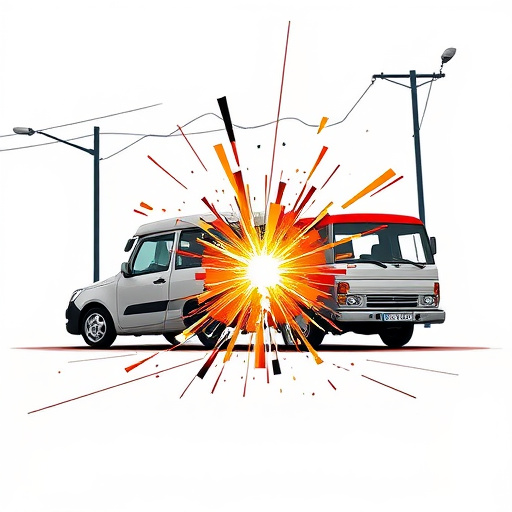
Tesla Air Suspension Repair: A Comprehensive Guide
Before attempting any Tesla air suspension repair, ensure proper safety precautions are in place and refer to the vehicle’s manual for specific guidelines. Here’s a step-by-step guide tailored for faulty ride height sensors, a common issue that can be addressed with the right tools and knowledge. Begin by locating the sensors, typically found near the shock absorbers or struts. Inspect them visually for any signs of damage, corrosion, or loose connections. If there’s visible harm, such as cracked housing or frayed wires, these will need to be replaced alongside the sensor during the hail damage repair process.
Next, use a multimeter to test the sensor’s electrical functionality. This involves checking for continuity and voltage output. A functioning sensor should display consistent readings when the suspension is in different positions. If there are discrepancies or no reading at all, it confirms the need for a replacement. Proceed by disconnecting the old sensor carefully, taking note of its wiring configuration for accurate reinstallation later. Install the new sensor, ensuring proper connections and securing it in place. Following this meticulous process guarantees optimal auto maintenance and restored ride quality, enhancing your Tesla’s overall performance and safety. Remember that regular car bodywork services can prevent future issues, including air suspension malfunctions.
Tesla owners experiencing issues with their air suspension system can now take control of the situation. By understanding the complex yet innovative Tesla air suspension and its sensors, followed by a meticulous diagnosis process, repairs can be effectively performed using a step-by-step guide tailored for this unique vehicle. Armed with knowledge and the right tools, drivers can restore their Tesla’s ride height, ensuring a smooth and safe driving experience. Remember, prompt action on faulty sensors is key to maintaining the superior performance and comfort that Tesla vehicles are renowned for.
